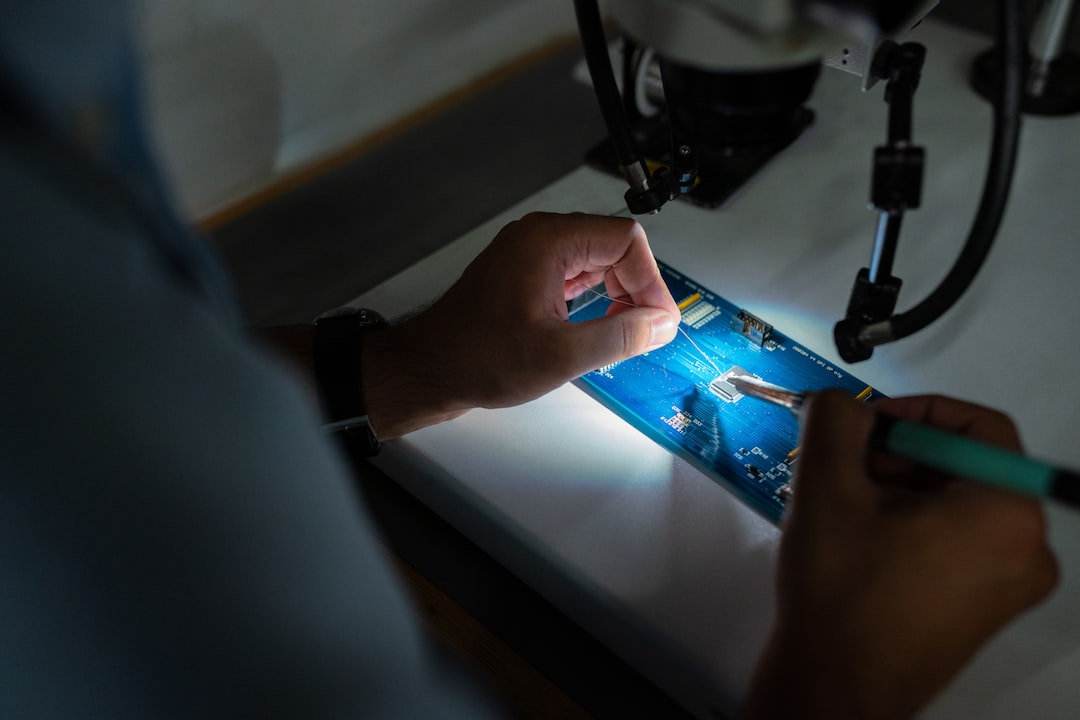The Impact of 3D Printing: From Prototyping to Manufacturing
In recent years, 3D printing has revolutionized numerous industries by providing an innovative approach to prototyping and manufacturing. This groundbreaking technology has transformed the way products are developed and created, creating a ripple effect across various sectors. From healthcare to aerospace, the impact of 3D printing cannot be overstated. Let us explore the numerous ways this technology has been a game-changer.
Prototyping, the crucial phase in product development, has always been time-consuming and expensive. Traditional methods, such as injection molding, involved creating molds that were both costly and time-consuming. However, 3D printing has changed the game by allowing for rapid prototyping. Companies can now create physical prototypes in a matter of hours or days, significantly reducing the time it takes to go from concept to completion. By combining computer-aided design (CAD) software with 3D printers, designers can quickly iterate and test their ideas, making the prototyping stage more efficient and cost-effective.
But 3D printing’s impact goes beyond prototyping – it has transformed manufacturing as a whole. With the ability to print intricate designs and complex geometries, it offers unparalleled versatility. This newfound flexibility has enabled manufacturers to create highly customized and personalized products. Industries such as healthcare and automotive have particularly benefited from this technology.
In the healthcare sector, 3D printing has revolutionized the production of medical devices and implants. Custom-fit prosthetics, surgical guides, and even patient-specific organ models are now possible. Traditional manufacturing methods often involve long lead times and a one-size-fits-all approach, while 3D printing allows for personalized solutions tailored to each individual patient’s needs. This has significantly improved patient outcomes and the quality of care.
Additionally, the aerospace industry has also embraced 3D printing for manufacturing lightweight components. By reducing the weight of aircraft parts, fuel consumption is reduced, resulting in substantial cost savings for airlines. Furthermore, 3D printing enables the creation of complex internal structures that cannot be achieved through traditional manufacturing. This advancement has led to increased design freedom and improved overall performance of aircraft.
Apart from revolutionizing prototyping and manufacturing, 3D printing has also sparked a wave of innovation and creativity. With the availability of affordable desktop 3D printers, individuals and small businesses can now bring their ideas to life without the need for expensive equipment or manufacturing facilities. This democratization of manufacturing has led to a rise in entrepreneurial ventures and a boost to local economies.
Moreover, the environmental impact of 3D printing cannot be overlooked. Traditional manufacturing methods often involve material wastage due to subtractive processes. On the other hand, 3D printing is an additive manufacturing process, utilizing only the necessary amount of material to create an object. This reduction in material waste translates to a smaller carbon footprint and a more sustainable future.
As with any game-changing technology, there are still challenges to overcome. The high cost of industrial-grade 3D printers and limitations in material options are currently inhibiting widespread adoption. However, research and development efforts are continuously working towards resolving these obstacles, and the technology is becoming more accessible and affordable with each passing day.
In conclusion, the impact of 3D printing has been transformative, from revolutionizing prototyping to enabling personalized manufacturing. This technology has unlocked new possibilities in industries such as healthcare and aerospace, improving patient care and driving cost savings. It has also empowered individuals and small businesses to innovate and create, spurring economic growth. Furthermore, 3D printing’s sustainable nature contributes to a greener future. While there are still challenges to overcome, the future of 3D printing is undoubtedly bright, with limitless potential for innovation and advancement.


